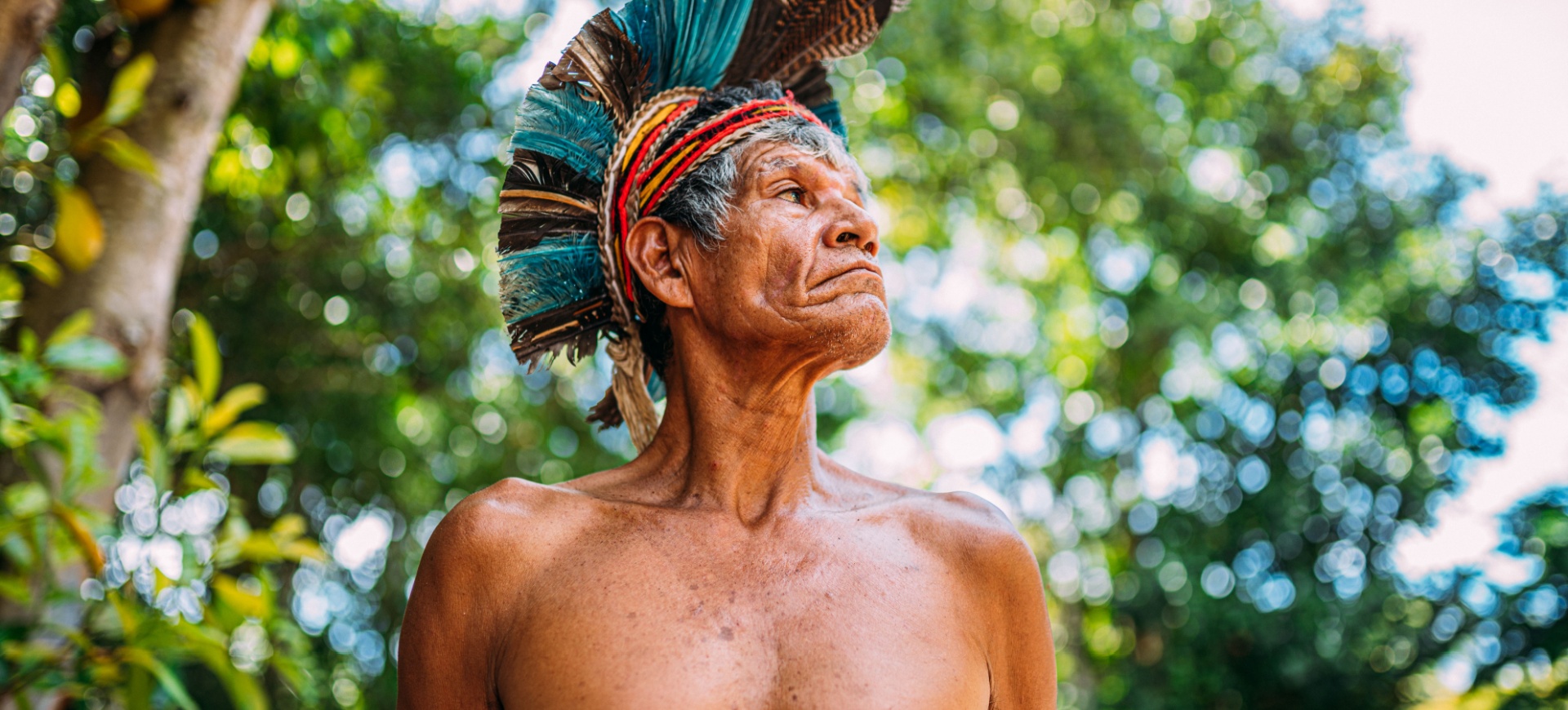Longer, happier, healthier lives
The resilience of Indigenous communities and cultures has been sorely tested, with devastating results. Now, the World Health Assembly’s momentous resolution to address health inequities faced by these peoples is a milestone moment that seeks to redress the balance and close the chasms of inequity
The Asia-Pacific region is home to the largest proportion of Indigenous peoples in the world, with approximately 11 million in the Pacific islands alone. Like the varied colours and textures of pandanus used to weave a traditional Tongan mat – known as a taʻovala – Indigenous groups reflect the unique spirit and strength that unify the many cultures, histories and identities that make up this diverse region.
But the resilience of Indigenous communities and cultures has been sorely tested by social and historical inequities. These challenges range from loss of land, language and culture to discrimination, marginalisation
and other injustices that continue today. The results have been tragic, putting Indigenous peoples at higher risk of poor health outcomes across the board, particularly relating to nutrition, life expectancy, reproductive and mental health.
In addition to being unjust, these health inequities perpetuate cycles of poverty, reduce overall productivity, lower participation in education and the labour force, and escalate healthcare costs due to higher disease burdens. The World Health Organization Western Pacific Region is working to bridge the gap in health outcomes between Indigenous and non-Indigenous communities. With leadership from the region, the World Health Assembly passed a momentous resolution in May 2023 to address health inequities faced by Indigenous communities.
Targeted efforts
The WHO in the region is also empowering people to improve their health and well-being through the active engagement of Indigenous communities in decision-making processes at all levels – local, national and regional. Improving our understanding of the needs of communities will help to better target efforts to address their health challenges. In this way, investments and services can be scaled up or intensified according to the needs of communities – an approach that is equal and equitable because it benefits communities left behind while improving services for everyone.
Working together – like the many pandanus strands that form one design in a taʻovala – we can unite partners and other stakeholders to provide support that addresses the historical, social and cultural determinants of health. Only in this way will we be able to help ensure longer, happier and healthier lives for Indigenous peoples and the many other groups that proudly call the Western Pacific Region their home.












